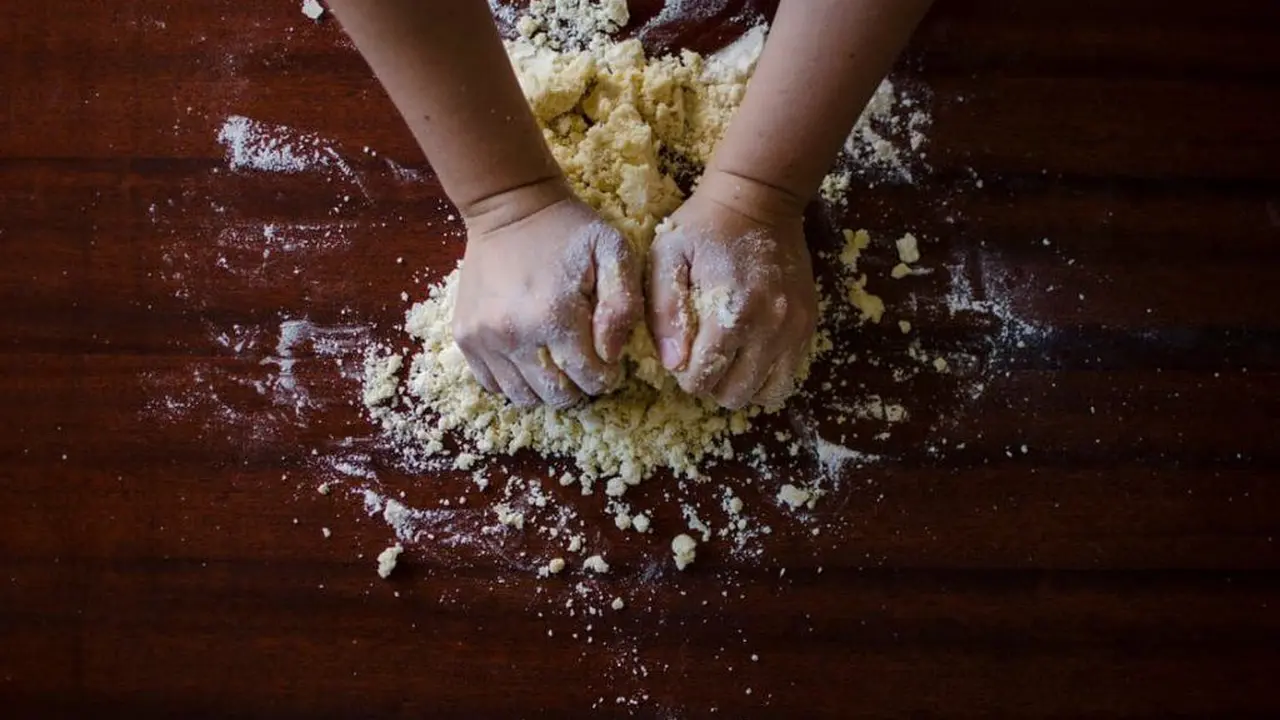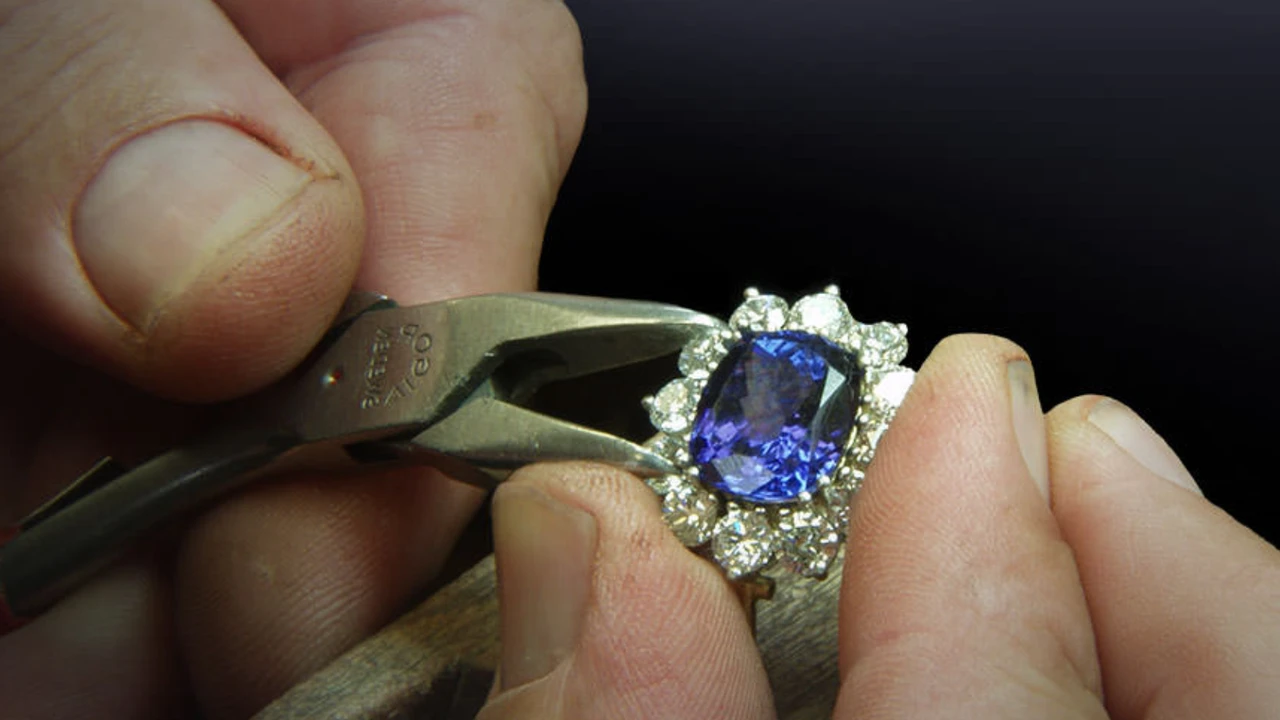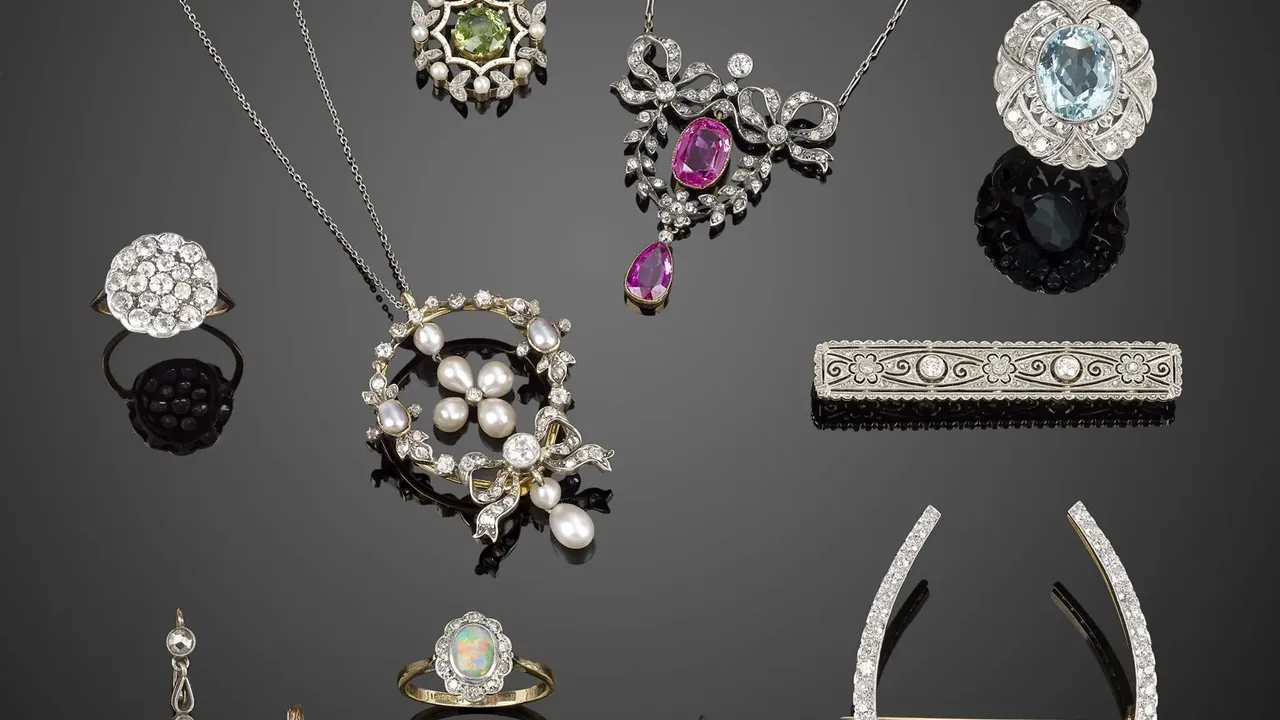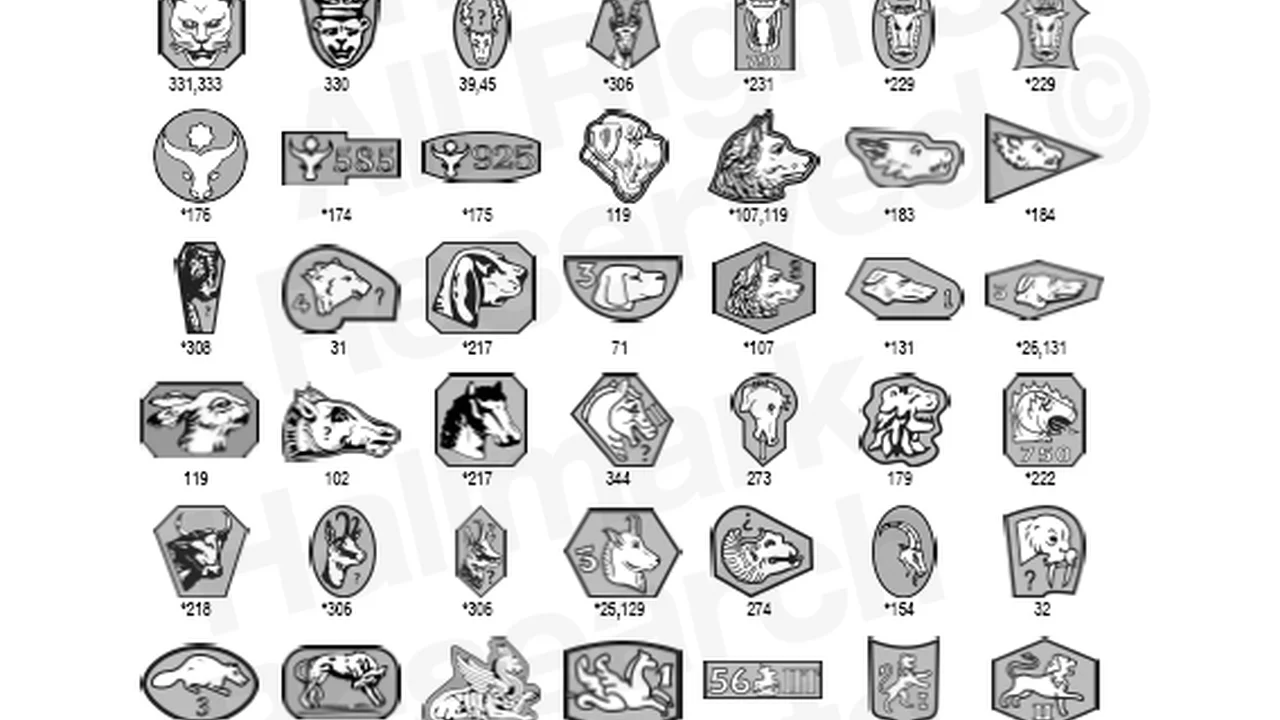The Allure of Antique Sapphires A Buying Guide
Explore the beauty of antique sapphires Learn about different colors, origins, and how to choose a valuable sapphire.
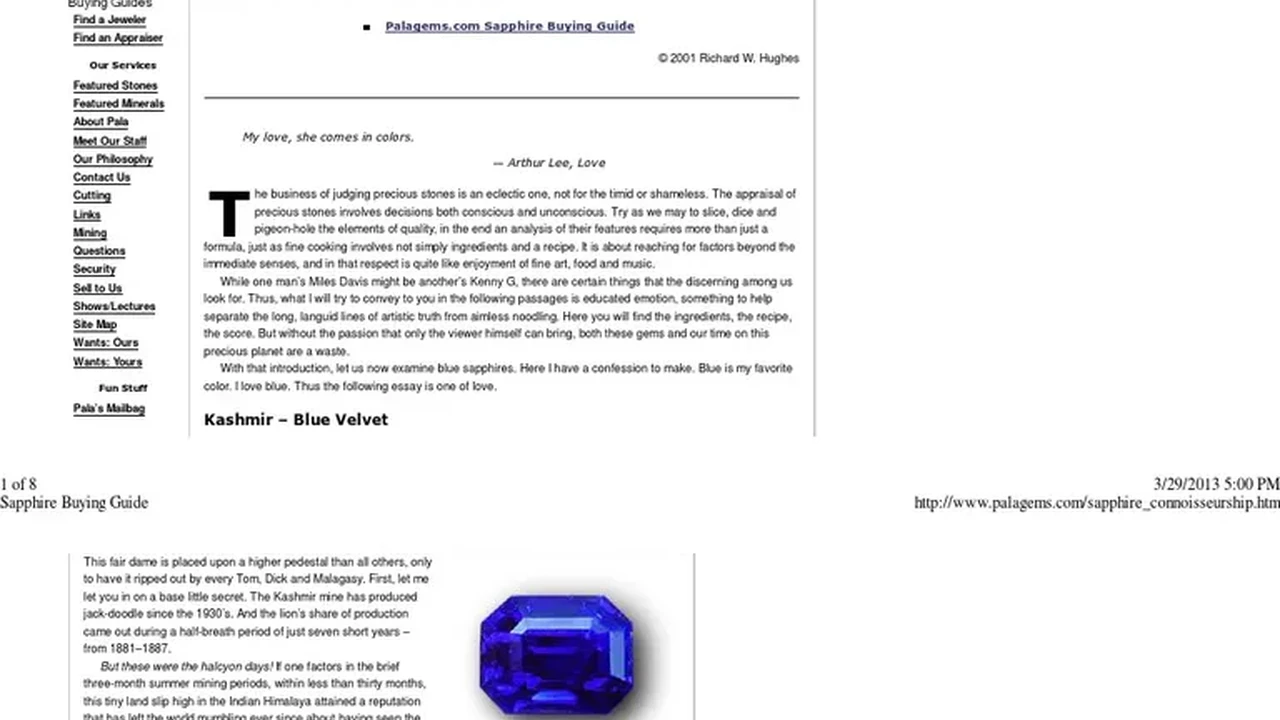
What Makes Antique Sapphires So Special The History and Appeal
Hey there, jewelry lovers! Ever been mesmerized by the deep blue glow of a sapphire? Well, antique sapphires have that *something* extra – a history, a story, and a charm that modern gems just can't replicate. We're diving deep into the world of antique sapphires, exploring why they're so sought after and how you can snag a stunning piece for yourself.
Think about it: these aren't just stones; they're tiny time capsules. They've witnessed history, adorned royalty, and been cherished for generations. That's a serious pedigree! The allure of antique sapphires lies in their unique character, often showcasing cuts and settings that are no longer common. They're a tangible link to the past, and that's pretty darn cool.
Different Colors of Antique Sapphires Finding Your Perfect Hue
Forget the idea that sapphires are *just* blue! They come in a rainbow of colors, each with its own unique appeal. From the classic deep blue to vibrant pinks, yellows, greens, and even oranges (Padparadscha sapphires!), there's a sapphire for every taste.
- Blue Sapphires: The most iconic. Look for rich, velvety blues. Kashmir sapphires (though incredibly rare) are the gold standard. Burmese and Ceylon (Sri Lankan) sapphires are also highly prized.
- Pink Sapphires: Delicate and feminine, ranging from light blush to intense magenta.
- Yellow Sapphires: Sunny and cheerful, adding a pop of color to any jewelry piece.
- Green Sapphires: A more unusual choice, offering a subtle and sophisticated look.
- Padparadscha Sapphires: The rarest and most valuable, displaying a stunning blend of pink and orange.
When choosing a color, consider your personal style and what complements your skin tone. Don't be afraid to try something different!
Antique Sapphire Origins Where Do These Gems Come From?
The origin of a sapphire can significantly impact its value and appearance. Certain regions are known for producing sapphires with distinct characteristics.
- Kashmir: Historically, Kashmir sapphires are the most coveted, known for their velvety blue hue and sleepy appearance. These are incredibly rare and command top dollar.
- Burma (Myanmar): Burmese sapphires tend to have a rich, intense blue color.
- Ceylon (Sri Lanka): Ceylon sapphires are known for their brilliance and clarity, often in lighter shades of blue.
- Montana (USA): Montana sapphires can range in color, including blues, greens, and yellows.
Knowing the origin can help you understand the sapphire's characteristics and potential value. However, origin determination can be complex and often requires laboratory analysis.
Evaluating Antique Sapphire Quality Cut Clarity Carat and Color
Just like diamonds, sapphires are evaluated based on the '4 Cs': Cut, Clarity, Carat, and Color. Understanding these factors is crucial for making an informed purchase.
- Color: The most important factor. Look for vibrant, saturated colors without being overly dark or dull.
- Clarity: Sapphires can have inclusions (internal imperfections). While flawless sapphires are rare, excessive inclusions can affect brilliance and value.
- Cut: A well-cut sapphire will maximize brilliance and sparkle. Antique cuts may differ from modern cuts, often prioritizing carat weight over perfect symmetry.
- Carat: The size of the sapphire. Larger sapphires are generally more valuable, but color and clarity are still paramount.
Don't get too hung up on perfection. Antique sapphires often have unique characteristics that add to their charm. Embrace the imperfections!
Spotting Authentic Antique Sapphires Tips and Tricks
Unfortunately, not everything labeled 'antique sapphire' is the real deal. Here are some tips to help you spot fakes and imitations:
- Look for signs of wear: Antique jewelry should show some signs of age, such as minor scratches or wear on the setting.
- Examine the setting: Antique settings often feature unique designs and craftsmanship techniques that are not commonly found in modern jewelry.
- Check for hallmarks: Hallmarks can indicate the metal content and maker of the jewelry. Research common hallmarks for the period you're interested in.
- Use a jeweler's loupe: A loupe can help you examine the sapphire closely for inclusions and other characteristics.
- Get a professional appraisal: If you're unsure about the authenticity of a sapphire, consult with a qualified appraiser.
Recommended Antique Sapphire Jewelry Pieces and Their Uses
Okay, let's get to the fun part – drooling over some gorgeous antique sapphire jewelry! Here are a few examples to get your imagination flowing:
- Antique Sapphire and Diamond Ring (Victorian Era): Imagine a deep blue Ceylon sapphire surrounded by a halo of sparkling diamonds, set in intricately carved 18k gold. Use Case: A stunning engagement ring or a special occasion statement piece. Price Range: $3,000 - $8,000 depending on size and quality.
- Art Deco Sapphire and Diamond Bracelet: Picture geometric patterns of sapphires and diamonds set in platinum, reflecting the glamour of the roaring twenties. Use Case: A show-stopping accessory for a formal event or a luxurious addition to your everyday wardrobe. Price Range: $5,000 - $15,000.
- Edwardian Sapphire Pendant Necklace: Envision a delicate sapphire pendant suspended from a fine platinum chain, adorned with seed pearls and intricate filigree details. Use Case: A timeless and elegant piece that can be worn with anything from a cocktail dress to a casual blouse. Price Range: $1,500 - $4,000.
- Antique Sapphire Brooch (Georgian Era): Think of a beautifully crafted brooch featuring a cluster of sapphires and diamonds, set in silver-topped gold. Use Case: Adding a touch of vintage charm to a jacket, dress, or even a handbag. Price Range: $2,000 - $6,000.
Comparing Antique Sapphire Jewelry Different Styles and Price Points
The price of antique sapphire jewelry can vary widely depending on several factors, including the size, quality, origin, and age of the sapphire, as well as the metal and craftsmanship of the setting. Here's a quick comparison:
| Feature | Victorian Era | Art Deco | Edwardian | Georgian |
|-------------------|-------------------------------------------------------------------------------------------------------------------------------------------------------|-------------------------------------------------------------------------------------------------------------------------------------------------------------|---------------------------------------------------------------------------------------------------------------------------------------------------|--------------------------------------------------------------------------------------------------------------------------------------------------------------------------------------------------------------------------------|
| Typical Sapphire | Ceylon, Burmese blues; Often smaller stones. | Often calibrated sapphires, geometric cuts. | Lighter blues, delicate settings. | Often foil-backed sapphires to enhance color; Silver-topped gold settings. |
| Setting Style | Ornate, floral motifs, often with diamonds. | Geometric patterns, bold designs, platinum. | Delicate filigree, seed pearls, platinum. | Hand-crafted, closed-back settings. |
| Price Range (USD) | $2,000 - $8,000 | $5,000 - $15,000 | $1,500 - $4,000 | $2,000 - $6,000 |
| Common Use Cases | Engagement rings, statement pieces. | Formal events, luxurious everyday wear. | Everyday elegance, special occasions. | Brooches, historical jewelry collections. |
Caring for Your Antique Sapphire Jewelry Preserving Its Beauty
Antique sapphires are delicate treasures that require special care to maintain their beauty and value.
- Clean gently: Use a soft brush and mild soap to clean your sapphire jewelry. Avoid harsh chemicals or abrasive cleaners.
- Store properly: Store your sapphire jewelry in a soft pouch or lined box to prevent scratches and damage.
- Avoid extreme temperatures: Sapphires can be sensitive to extreme temperatures, so avoid exposing them to direct sunlight or heat.
- Remove before activities: Take off your sapphire jewelry before engaging in activities that could damage it, such as gardening, cleaning, or exercising.
- Have it professionally inspected: Take your sapphire jewelry to a qualified jeweler for regular inspections and cleaning.
So, there you have it – a deep dive into the captivating world of antique sapphires! Hopefully, this guide has equipped you with the knowledge and confidence to embark on your own sapphire-seeking adventure. Happy hunting!
:max_bytes(150000):strip_icc()/277019-baked-pork-chops-with-cream-of-mushroom-soup-DDMFS-beauty-4x3-BG-7505-5762b731cf30447d9cbbbbbf387beafa.jpg)



